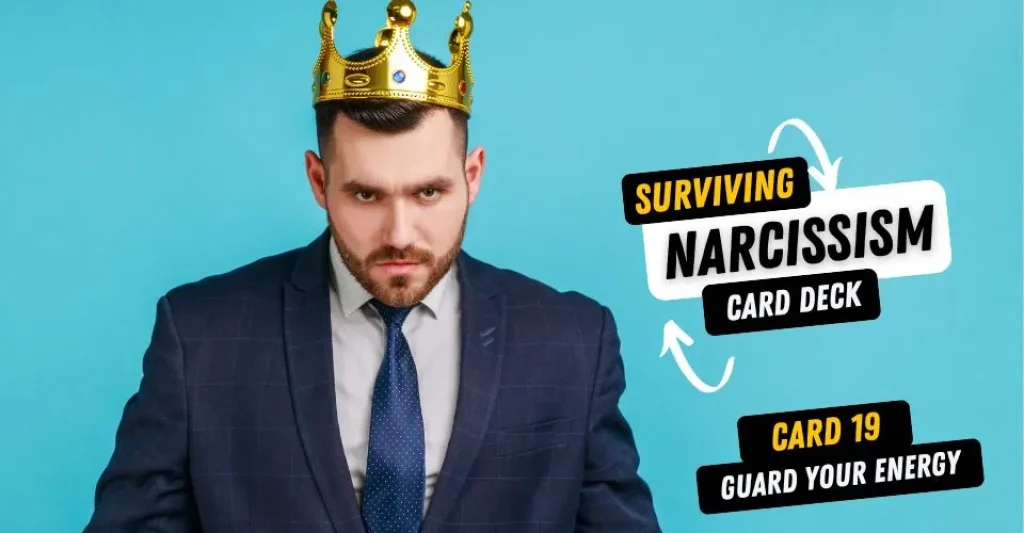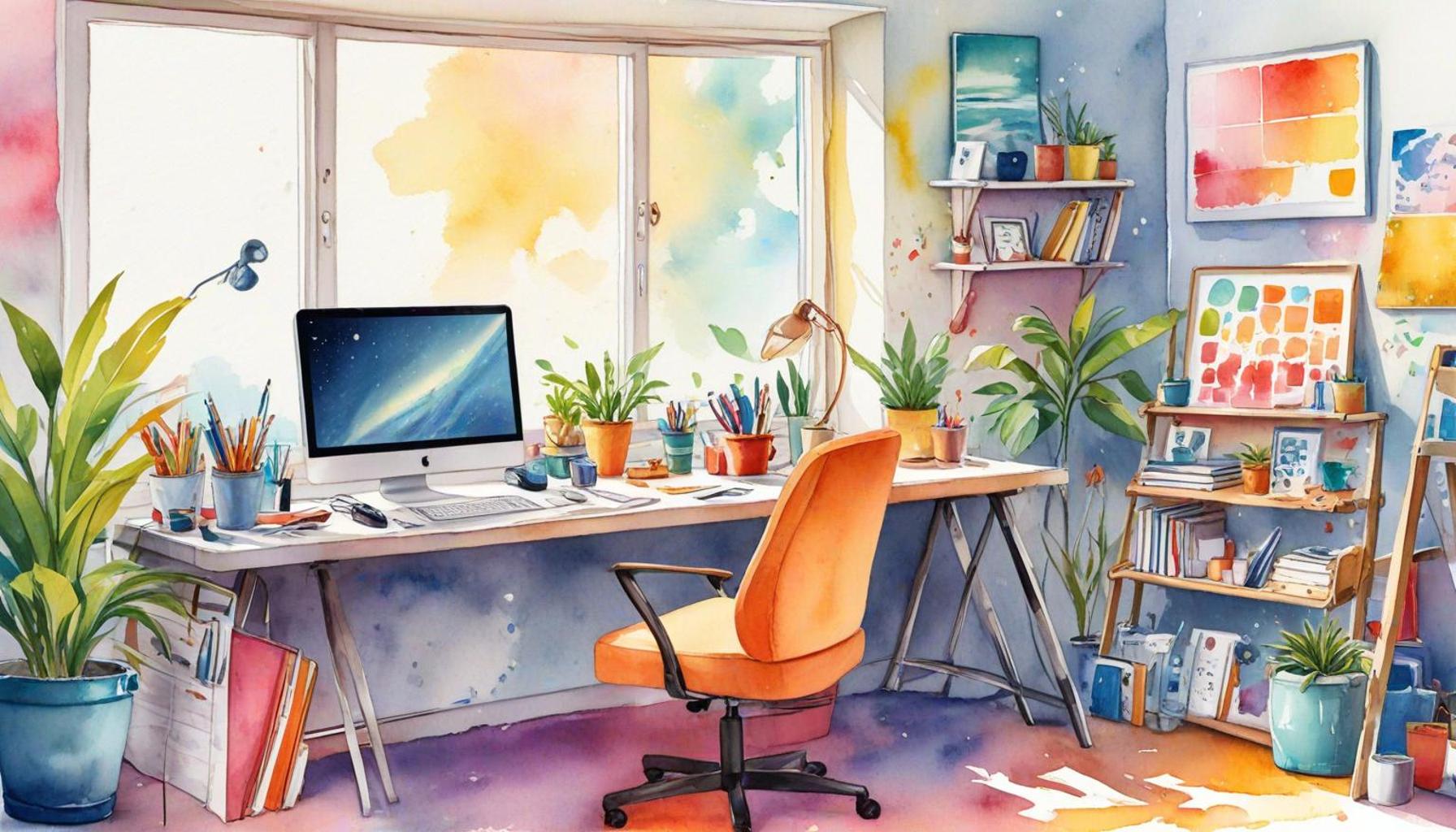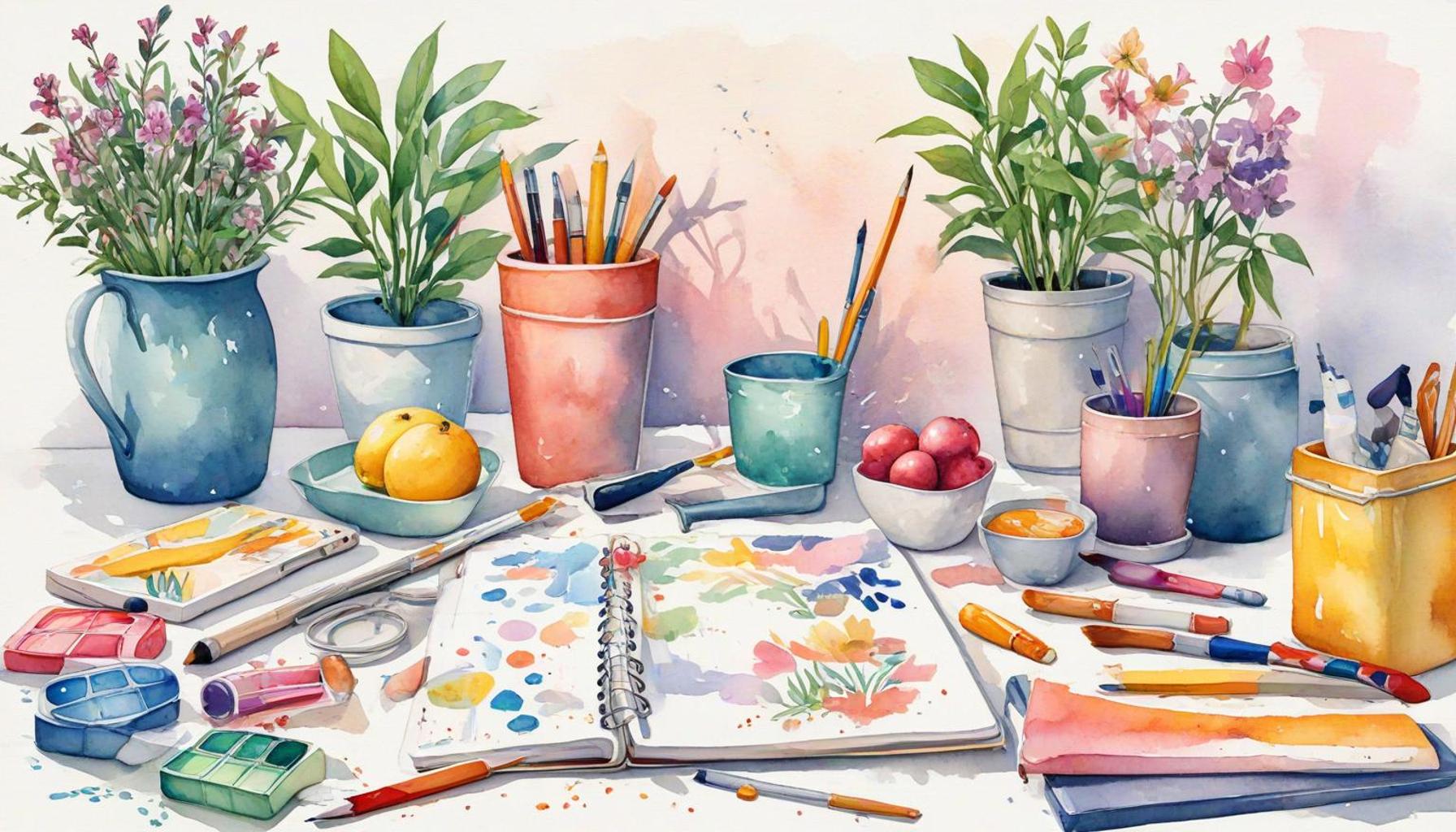Techniques of Detachment: How to Eliminate Emotionally Charged Items from Your Life

Finding Clarity in the Chaos
In a world overflowing with sentiment and memories, it can be challenging to discern what truly holds value in our lives. Emotionally charged items often clutter our physical spaces and mental landscapes, bringing with them weighty feelings and associations. Understanding how to detach from these possessions is a crucial step towards achieving a more peaceful existence.
The Importance of Detachment
Practicing detachment is not merely about decluttering; it is about reclaiming your space and your mind. By eliminating items that trigger emotional responses, individuals can pave the way for personal growth and clarity. Here are some compelling reasons to consider:
- Emotional health: Reducing clutter can help alleviate anxiety and stress. Research has shown that a cluttered environment can contribute to heightened levels of cortisol, the stress hormone, thus negatively affecting mental health.
- Physical space: Creating a clean, organized environment promotes productivity. A well-ordered workspace can lead to increased focus and efficiency, allowing individuals to engage better with their tasks at hand.
- Mindfulness: Focusing on what truly matters instead of being weighed down by past memories can foster a mindful approach to present situations. This shift can open doors to new opportunities and experiences that were once overshadowed by lingering attachments.
Techniques to Consider
There are several practical techniques to aid in the process of detachment. Individuals can explore:
- The 30-day rule: This strategy involves delaying the decision to discard items for a month. During this time, individuals can assess their true necessity and value, which allows for a clearer understanding of what is genuinely needed.
- Emotional inventory: This reflection technique encourages individuals to evaluate how each item in their possession affects their current well-being. By identifying the emotions tied to these belongings, one can gain insight into which items to let go of and which to keep.
- Donation and recycling: Transforming an emotional burden into a charitable gift not only alleviates clutter but also gives these items a new purpose. Many people find comfort in the idea that their possessions can benefit others, making the act of letting go easier.
As we delve deeper into the art of detachment, you will discover methods that not only aid in eliminating clutter but also enhance emotional resilience and well-being. Embracing these practices may lead to a more joyful, intentional life where clarity reigns amidst the chaos.
Engaging with these techniques can be especially liberating for those living in urban settings, where space can be at a premium. For example, residents in bustling cities like New York or San Francisco may find that their small living spaces become overwhelmed with unnecessary items, making the practice of detachment all the more vital. By letting go of the past, individuals can concentrate on building a future that truly reflects their values and aspirations.

Ultimately, the journey towards clarity is a personal one, varying significantly from person to person. However, by applying these principles, anyone can work towards creating a serene environment that supports their emotional and mental well-being.
DISCOVER MORE: Click here to dive deeper
Recognizing Emotional Attachments
Before diving into the techniques of detachment, it’s essential to understand the nature of emotional attachments to our belongings. Emotionally charged items can stem from significant life events, relationships, or personal milestones, often serving as physical representations of memories that we cherish or, in some cases, regret. These items can include anything from old love letters and photographs to childhood toys and gifts from loved ones. Recognizing the impact these possessions have on our lives is the first step towards effective detachment.
Many individuals struggle with the idea of letting go of these items, fearing that it may erase memories or signify a loss of connection to past experiences. However, it is crucial to remember that memories reside in our minds, not in the items themselves. By acknowledging this, one can begin to see that detaching from physical possessions does not equate to erasing one’s past but rather making room for new experiences and growth.
Practical Techniques for Emotional Detachment
To navigate the emotional landscape of detachment, several proven techniques can be employed. Consider integrating the following methods into your decluttering process:
- Mindful Decluttering: Approach each item with intention. Pick up an object and ask yourself if it brings you joy or serves a real purpose in your current life. If the answer is no, it may be time to part ways with it.
- Storytelling Session: For items that hold deep sentimental value, take a moment to reflect on the story behind them. Write it down, capturing both the good and bad memories associated with the item. Once expressed, it may feel easier to let go, knowing the memory has been preserved in words.
- Set a Limit: Consider implementing a strict limit on the number of emotionally significant items you retain. For example, you might choose to keep only five items that truly resonate with you. By setting this boundary, you can prioritize what matters most.
- Visualization: Envision a vibrant space free from clutter. Imagine how your life would feel without the weight of these items. This visualization technique can pave the way for a more decisive approach to detachment.
Ultimately, it’s about navigating your emotional landscape with care. As you practice these techniques, be gentle with yourself. Recognize that detachment is a journey that requires patience and self-compassion. Each step taken towards releasing emotionally charged items can lead to a clearer mind and a more serene living environment.
As you embark on this process, you may discover that your newfound clarity influences other areas of your life. Whether it’s your relationships, career, or self-image, the act of minimizing emotional clutter can lead to empowering transformations, allowing space for personal evolution.
Understanding the Emotional Attachments
To effectively practice detachment techniques, it’s essential to first understand the emotional connections we form with our belongings. Many items we hold dear often carry memories or identities that are deeply ingrained in our psyche. Whether it’s a gift from a loved one or a souvenir from a significant trip, these objects can evoke nostalgia and emotional responses that are hard to break. Recognizing these attachments is the first step towards freeing ourselves from emotional clutter.
Step-by-Step Process of Detachment
The process of detachment involves specific techniques that can help streamline your personal space and mental clarity. Start by categorizing your items. Group belongings based on their emotional significance or utility. Ask yourself tough questions like “Does this item serve a purpose?” or “Does it bring joy?” The Marie Kondo method highlights the importance of keeping only what “sparks joy,” making this an excellent foundation for your journey towards a clutter-free life.
Practical Techniques to Implement
One effective technique is the 30-Day Minimalism Challenge, where you remove one item on the first day, two on the second, and continue this pattern until you reach thirty. This method encourages fast, decisive action and allows you to confront your emotions as they arise. Additionally, consider the box method—put items into a box and if you don’t reach for them in the next few months, it may be time to let go.
Support and Reflection
Having a support system can significantly affect your detachment journey. Engage friends or family members who understand your goals. Reflecting through journaling about your feelings during this process can also bring clarity and further assist in emotional release. Practicing mindfulness during this time can help you confront your emotional bonds without judgment, paving the way for a transformative experience.
| Category | Advantages |
|---|---|
| Emotional Clarity | Eliminating emotionally charged items leads to clearer mental space. |
| Mental Well-being | Reducing clutter can contribute to decreased anxiety and stress levels. |
As you embark on the journey of detachment, remember that it is not just about losing items but gaining mental freedom. The insights gained during this process can be invaluable, leading to personal growth and deeper self-awareness.
DISCOVER MORE: Click here to learn about embracing intentional living
Embracing Change and New Beginnings
Once you have started the process of recognizing and detaching from emotionally charged items, it’s essential to embrace the changes that come with it. Transitioning from a life filled with clutter to one of clarity can feel daunting, but it also opens up a world of new beginnings. Change is inevitably linked to personal growth, and understanding how to navigate this evolution can make the journey significantly more rewarding.
One effective way to ground yourself through this transformation is by establishing a ritual around letting go. This could be as simple as a small farewell ceremony for particularly sentimental items. For example, if you decide to part ways with a childhood toy, take a moment to acknowledge its importance, express gratitude for the joy it brought you, and formally release it, perhaps by donating or recycling it. Such ceremonies assist in framing the act of decluttering as a celebration of your past rather than a loss.
The Power of Community Support
Another avenue for enhancing your detachment journey is involving friends or family. Sharing your experiences with trusted individuals can foster an environment of support and accountability. Initiate a decluttering party where friends can join you in recognizing and releasing their own emotional possessions. This communal effort not only lightens the emotional load, but it also provides a chance to share stories, create bonds, and reinforce the idea that letting go is a universally challenging yet rewarding process.
Moreover, consider attending local workshops or support groups focused on minimalism and decluttering. Many communities offer resources and seminars dedicated to the art of letting go, helping individuals visualize the benefits of a clutter-free lifestyle. Workshops often provide expert guidance in creating personalized strategies to detach emotionally while maintaining a sense of identity.
Reframing Emotional Attachments
As you move through the detachment process, you may discover it helpful to reframe your emotional attachments. Rather than viewing items as remnants of a past self, consider them as lessons that have shaped who you are today. This shift in mindset allows you to appreciate what serves you while recognizing what no longer fits your current life narrative.
Another method to facilitate this reframing is through the lens of gratitude. When assessing items for detachment, express appreciation for what they have taught you, whether it’s resilience, love, or joy. This practice not only fosters a positive emotional state but also affirms your strength in moving forward without the burden of their physical presence.
Digital Solutions for Emotional Clutter
In today’s digital age, it’s crucial to expand the conversation of emotional attachment to digital items as well. Old emails, social media memories, and digital photographs can carry just as much emotional weight as physical items. Implement strategies such as digital decluttering, which involves deleting unnecessary files, photos, or messages that no longer resonate with your current self. This act can surprisingly parallel the physical decluttering process and often yields similar feelings of liberation.
High-quality apps and software can aid in managing digital clutter, offering automated sorting options and reminders to keep only what you find significant. You may even consider archiving your treasured memories in a digital scrapbook, allowing for a compact yet rich representation of your past, without the overwhelming physical presence.
As you continue your journey of separation from emotionally charged items, remember that the path to detachment is uniquely yours. Each effort is a step toward a more authentic, serene, and fulfilling life. By embracing change, engaging support systems, reframing attachments, and even addressing digital clutter, you can confidently navigate this transformative process. The end goal isn’t just to eliminate objects but to cultivate a space that fosters joy, growth, and creativity in your life.
DIVE DEEPER: Click here for practical tips
Concluding Thoughts on Emotional Detachment
As we’ve explored the techniques of detachment throughout this article, it becomes clear that shedding emotionally charged items is more than just a physical act; it is a profound emotional journey. The clutter that fills our spaces often carries the weight of memories and identities, but by implementing thoughtful strategies, we can reclaim our environments as sanctuaries for growth and creativity.
Throughout the process of emotional release, the significance of embracing new beginnings stands out. By recognizing the emotional attachments tied to our possessions—whether tangible or digital—we set ourselves free to foster a more authentic existence. Participating in community support, reframing our narratives, and engaging in rituals around letting go are essential steps that create a sense of connection and promote healing.
Moreover, the insights gained from digital decluttering remind us that emotional attachments exist in all forms, impacting our mental clarity. By actively engaging in the process of detachment, we make room not only for physical space but also for emotional and psychological well-being, allowing us to welcome fresh possibilities into our lives.
Ultimately, the journey to a clutter-free life is an ongoing one, where each step represents a conscious choice towards living more intentionally. As we cultivate our environment, minimizing the emotional baggage that weighs us down, we embrace a life enriched with purpose, joy, and possibilities. Take this opportunity to reflect on your own attachments and consider how the art of letting go may enhance your personal evolution and lead you to a brighter future.


